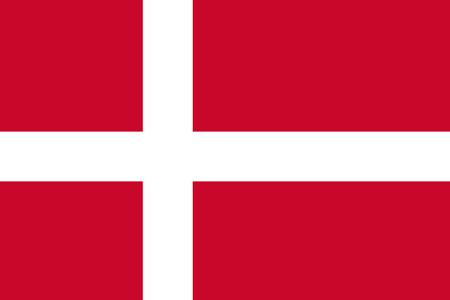The combination of a red field with a white cross is a powerful and historically significant design. Only 2 sovereign countries have chosen this specific color and pattern for their national flag. From the iconic square flag of Switzerland to the legendary Dannebrog of Denmark, these flags are instantly recognizable and carry deep meanings rooted in history, faith, and national identity.
Meaning of the colors: In vexillology, red is often associated with courage, revolution, strength, and sacrifice. White universally represents peace, purity, and honesty. The cross itself is a strong symbol of Christianity, which has played a central role in the history of both nations.
This article was written by WorldFlags Team on 26/10/2023
Frequently Asked Questions (FAQ)
What's the difference between the Swiss and Danish cross flags?
There are two main differences. First, the Swiss flag is square, while the Danish flag is rectangular. Second, the white cross on the Swiss flag is "couped" (its arms don't reach the edges), whereas the Danish flag features a "Scandinavian cross" that extends to all four edges of the flag.
What is the name of the Danish flag?
The Danish flag is famously known as the Dannebrog, which translates to "Danish cloth" or "Danish banner." It is a source of immense national pride and is one of the oldest national flags in the world.
Is the flag of England a red and white cross flag?
Yes, the flag of England, known as the St. George's Cross, features a red cross on a white background. It is essentially the color-inverse of the Swiss flag. While it is a famous red and white cross flag, England is a constituent country of the United Kingdom, not a sovereign state like Switzerland or Denmark.
Why is the Swiss flag square?
The square shape of the Swiss flag has historical roots. It originates from the square war banners (battle standards) used by the soldiers of the Old Swiss Confederacy in the late Middle Ages. The modern flag retains this traditional shape as a nod to its military heritage.



